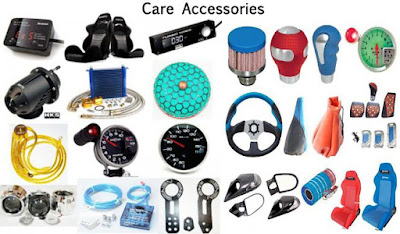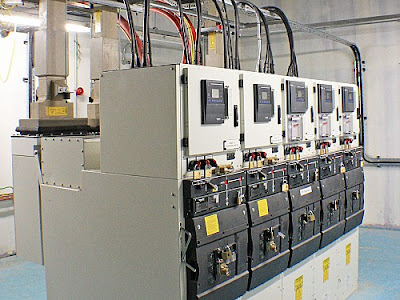Refering to study, “Global Distributed Control
Systems (DCS) Market by Architecture Type, Industry Vertical and Region
2014-2025: Segment Analysis, Trend Forecast and Business Strategy”
some of the major companies that are currently working in the global
distributed control systems market are ABB Ltd., Bharat Heavy Electrical Ltd, General
Electric Co., Azbil Corporation, Emerson Electric Co., Nova Tech Process Solutions
LLC, Hitachi, Ltd., Honeywell International Inc., Rockwell Automation Inc., Metso
Corporation, Schneider Electric SE, Yokogawa Electric Corporation, Siemens AG.
A distributed control system (DCS)
is a control system, which is used in many industries to control and monitor
distributed equipment. It consists by many digital devices, which help to
enhance the performance with reduced time consumption. It uses a set of
configuration tools to manage the graphics, database, control logic and system
security. It supports upgrade, modification and integration to the offered
manner of any industry.
Some components of DCS are CPU,
digital input module, controllers, analog input module, digital output module,
analog output module, human interface system and communication system etc. It
is connected with both personal computers and field devices through high speed
communication networks. It provides many operations such as function block,
adder and sequential etc. Some feature included single database, peer to peer,
security, advanced math functions, open protocols, alarms and proprietary human
machine interfaces.
Some types of DCS are conventional
DCS, PLC based DCS and hybrid DCS. Conventional DCS is segmented into three
categories: small (< USD 1,00,000), medium (1,00,000-5,00,000) and large
(>5,00,000). PLC based DCS is used for performing the tasks of conventional
DCS. Hybrid DCS performs both sequential control and
process control.
On the basis of architecture or
component type, the global distributed control systems market is segmented into
software,hardware and system services. Software components provide a common
platform, which is responsible for communicating of all devices and performing
their actions. Hardware components include I/O interfaces, controller, power
supply, remote workstations, server and relays etc. Moreover, system services
components defines some operations and project management. On the basis of
industry vertical, the global market is segmented into energy & power, oil
& gas industry, chemical & petrochemical industry, paper & pulp,
pharmaceutical industry, food & beverage, metals & mining, refining and
water & waste water treatment etc.
Some benefits of DCS system
included increase production capacity, expedite commissioning & start-up,
decrease process & quality variability, optimize paperless operations,
improve long-term stability & consistency, simplify configuration of
continuous & batch control, reduce lifecycle costs, minimize downtime,
streamline application development & verification, lower maintenance costs
and expedite payback on investments. Apart from advantages, some disadvantages
are difficult to maintain & programming, component cost and limited
computing power.
The applications split in market
on the basis of the demand for the DCS include environmental control systems,
radio signals, electrical power grids & electrical generation plants,
traffic signals, oil refining plants, water management systems, sensor
networks, metallurgical process plants, pharmaceutical manufacturing, chemical
plants and dry cargo & bulk oil carrier ships etc.
The market of DCS is mainly driven
by increasing demand in power and energy sectors. Growing population, cost and
time effectiveness, emergence of open source DCS solutions and government
regulations are increasing significantly which led to the growth of the market.
It is estimated that, the global DCS market revenue will be USD 23.37 billion
by 2025, due to owing to continuous adoption of automation systems.
To
know more, click on the link below:
+91-9015378249










